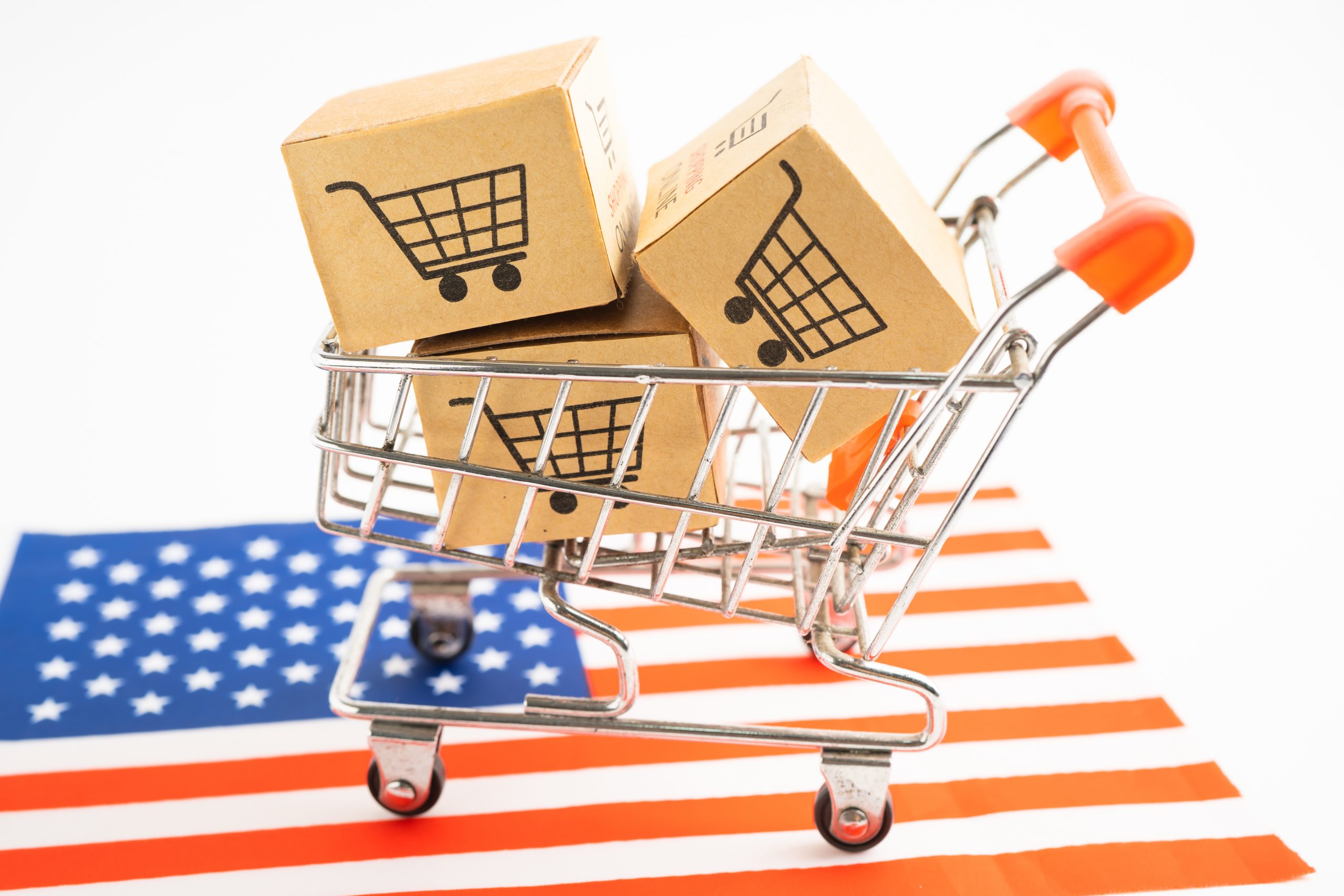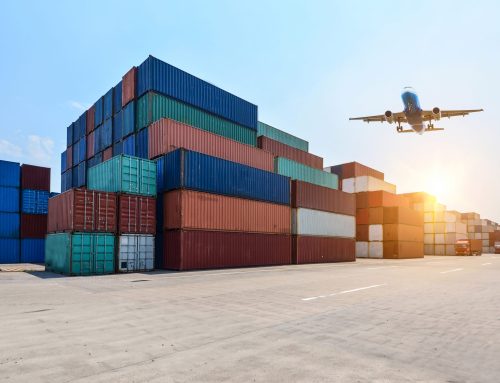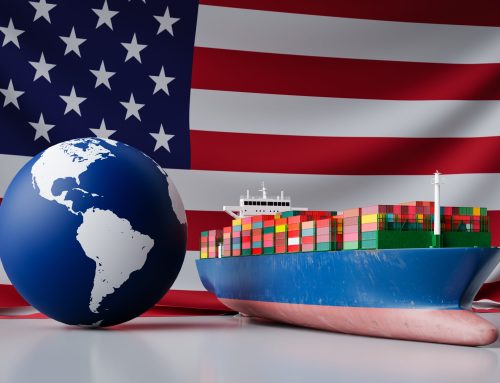In today’s rapidly evolving global trade landscape, supply chain disruptions have become a growing concern for U.S. businesses. Many companies still rely on a limited number of suppliers, leaving them vulnerable to risks such as geopolitical tensions, trade restrictions, and unforeseen disruptions like natural disasters or economic downturns. The recent supply chain crises have highlighted the dangers of overdependence on a single source.
Businesses must adopt a proactive approach to import diversification to maintain stability, reduce costs, and remain competitive. By expanding sourcing strategies to include multiple markets, companies can strengthen their supply chains, improve pricing leverage, and ensure business continuity even in uncertain times.
Embracing Import Diversification
Import diversification involves sourcing products from multiple countries and suppliers. This strategy enhances business stability during supply chain disruptions. If a supplier is affected by political unrest or a natural disaster, alternative sources help maintain business continuity. Moreover, tapping into new markets can lead to better pricing and improved product quality.
Key Benefits of Diversification
Diversifying your import sources offers several rewards:
Stronger Supply Chains
Relying on multiple sources strengthens your supply chain, enabling you to shift to another supplier quickly if one is disrupted.
Better Pricing
Exploring various markets may result in lower costs and more competitive payment terms.
Improved Quality
Comparing suppliers from different regions helps you select the best products.
Risk Reduction
A well-diversified supply network mitigates risks associated with geopolitical tensions and economic fluctuations.
Proven Strategies for Expanding Import Sources
U.S. companies can adopt several strategies to diversify their import sources:
1. Explore New Markets
Look beyond traditional suppliers and consider emerging markets in Southeast Asia, Latin America, or Eastern Europe. These regions are becoming reliable trading partners and offer competitive pricing and quality. Staying updated on trade policy is essential. Please read our article: U.S. Trade Policy Impact on Customs Brokerage for insights into how U.S. trade policies impact customs brokerage.
2. Build Strong Supplier Relationships
Establish robust partnerships with multiple suppliers. Regular communication, site visits, and performance reviews build trust and ensure consistent quality. Strong relationships also provide flexibility if issues arise with one supplier.
3. Leverage Digital Tools
Utilizing digital platforms allows businesses to efficiently identify suppliers, compare pricing, and optimize shipment management. Advanced analytics and real-time data can streamline your import process, making it easier to handle new sources.
4. Utilize Trade Agreements and Monitor Tariff Changes
Trade agreements can open up new markets and lower tariffs. It’s also vital to stay informed about changes in import tariffs and duties. Our guide, U.S. Import Tariffs and Duties Guide, provides valuable insights into these factors. In addition, read U.S. Import Tariff Changes Impact on Customs Brokers and Importers to see how tariff changes affect customs brokers and importers.
5. Ensure Compliance and Obtain the Necessary Permits
Expanding your supplier base means dealing with various regulatory environments. Ensure you have robust quality control measures and comply with all U.S. import regulations. Check out our article on PGAS Permits or Requirements for U.S. Import for detailed requirements. Also, review Key Documents for Importing Goods into the USA to ensure you have all the necessary paperwork.
Real-World Impact
Many U.S. companies have already reaped the benefits of diversifying their import sources. Leading retailers and manufacturers strategically source from multiple countries to mitigate supply chain disruptions. They enjoy improved pricing and enhanced product quality. This
proactive approach helps them stay competitive even when global markets become volatile.
How Clearit USA Can Help
At Clearit USA, we understand that expanding import sources and navigating trade regulations can be complex. Our expert brokerage services streamline the process, ensuring a seamless import experience. We help you by:
Simplifying Documentation
We handle the paperwork so you can focus on your core business.
Ensuring Compliance
Our experts guide you through changing customs and environmental regulations.
Tailoring Solutions
We design our services to help U.S. businesses diversify and grow.
Let Clearit USA handle the trade details while you concentrate on building a robust and sustainable supply chain.
Conclusion
Diversifying your import sources is essential for thriving today’s global trade landscape. By exploring new markets, building strong supplier relationships, leveraging digital tools, and ensuring compliance with U.S. regulations, companies can reduce risks and secure a competitive advantage. A diversified approach is key to long-term success as trade policies and tariffs evolve.
Are you ready to expand your import horizons and thrive in a dynamic market? Visit Clearit USA today and discover how our expert brokerage services can help your business grow through innovative diversification strategies.





